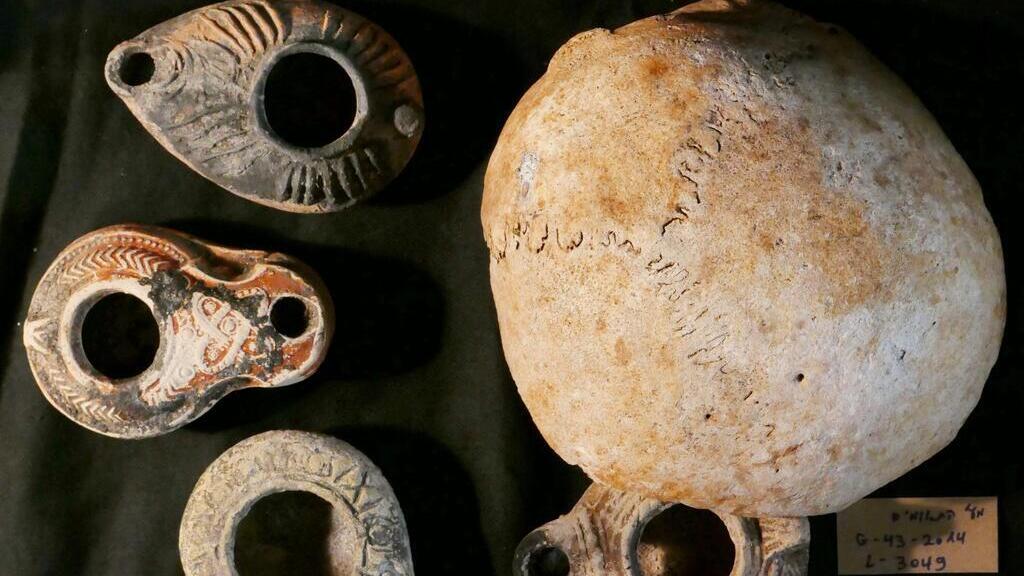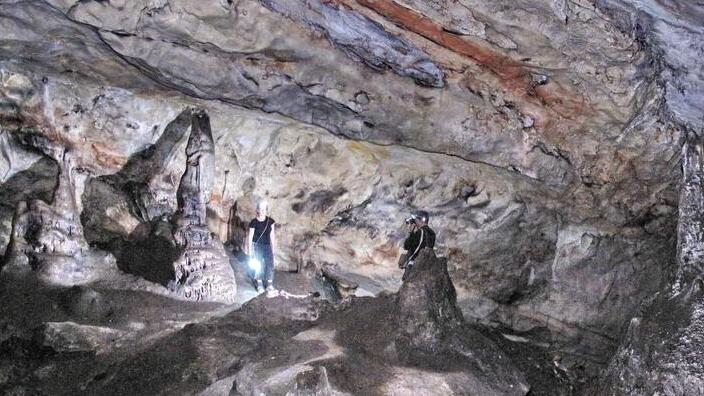Researchers at the Bar Ilan University said finds including human skulls and over 120 intact oil lamps, found in the Te'omim cave outside Jerusalem and dating to the late-Roman period, could be an indication of the practice of Necromancy at the time. The cave itself was discovered in the 19th century and was excavated extensively since 2009.
More stories:
In an article published earlier this month by Cambridge University Press, Professors Eitan Klein and Boaz Zissu said the artifacts "had been deliberately inserted in narrow, deep crevices in the main chamber walls or beneath the rubble. Some crevices contained groups of oil lamps mixed with weapons and pottery vessels from earlier periods or placed with human skulls." One of the skulls was discovered surrounded by four ceramic oil lamps typical of the 3rd or 4th century, indicating it was placed deliberately and served a particular purpose as part of a ritual.
Necromancy was accepted in the Levant and the ancient East and referenced often in the Bible, the researchers said. It was viewed negatively, and seen as the adoption of the customs of the surrounding nations, and was therefore punishable by death. Despite the rarity of such finds in Jewish society, researchers said the use of human skulls for protection from spirits and demons, was common in Babylonia, in Egypt, and throughout the Greco-Roman world and Rabbis were aware of the use of skulls for necromancy. Both the Babylonian Talmud and the Jerusalem Talmud note that necromancers would use skulls to raise the dead
"These are rare finds and we can carefully suggest the cave was used in ceremonies to raise the dead possibly by a local oracle," Professor Klein said. "Such practices were not supported by the authorities at that time and were even outlawed. The T'eomim Cave is situated halfway between Aelia Capitolina - The Roman name for Jerusalem, and Eleutheropolis - now Beit Govrin. A non-Jewish population was settled there after the defeat of the Jewish revolt against the Romans, and was known to partake in pagan practices," he said.
Most of the finds were placed in crevices inside the cave and included lamps, pottery, glass, arrowheads and daggers," Professor Zissu added. " They were used one way or another for black magic while caves were considered portals to the underworld. The purpose of those rituals was to predict the future and raise the dead. Since only three human skulls were found among the many artifacts, we believe the rituals mostly included the use of pottery candles, but the presence of the skulls is a clue to additional rituals that may have been carried out there," he said.



